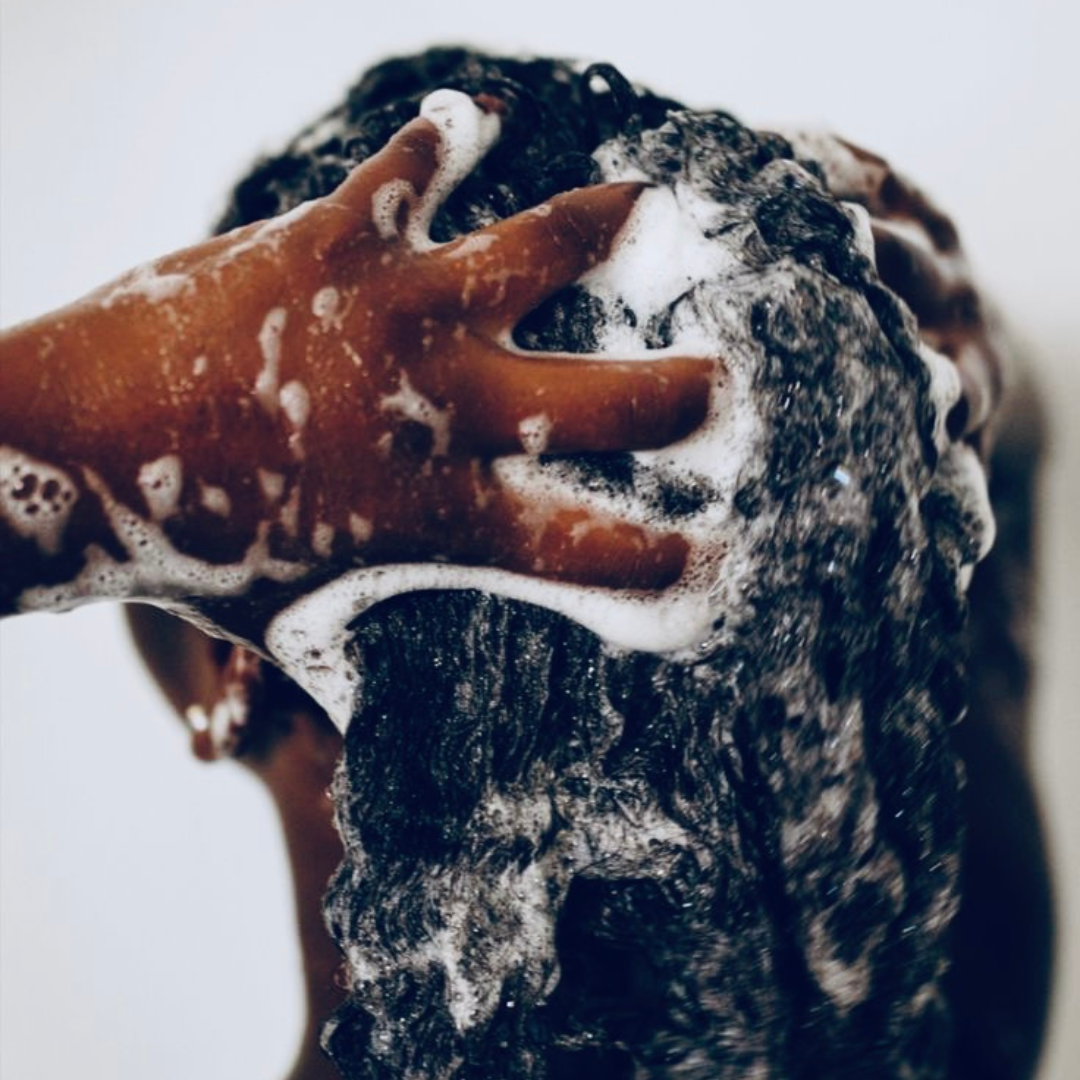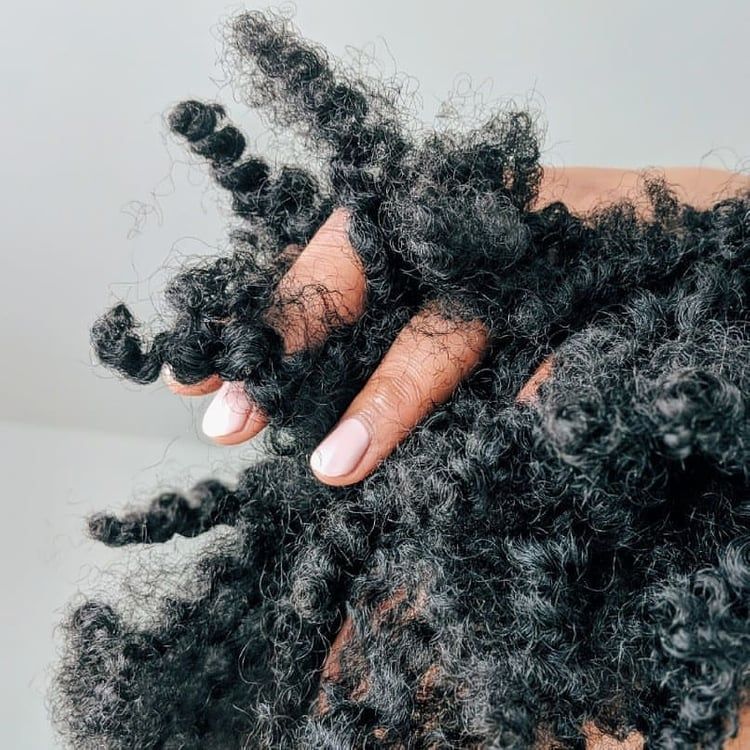
Hair Density
What is Hair Density?
Density refers to the number of hair strands that you have per square inch on your scalp; how closely your individual strands are packed together on your head. Knowing your hair's density will help you with the amount of product you use and styling techniques to increase the volume of your hair or tone it down.
Light Density
Lightly dense hair tends to have low volume. Your hair strands are lower than the average amount of individual strands on your head. It means probably being able to easily see your scalp; therefore, it is affecting you from having full hair. With low density hair being thin, you may struggle to figure out ways to style your hair without causing shedding and baldness.
How to Care
- Create volume. Invest in styling tools that help create volume at the root for your hair. When you wear your hair in it's naturally curly/coily state, hair picks, diffusers, flexi-rods are highly recommended. When you wear your hair straightened, velco or magnetic rollers are great.
- Use a small amount of product. Start with a dime size amount of product and add more if needed. Too much product can weigh down thin hair, especially if you use heavier creams and butters.
- Do scalp messages to promote hair growth. With low density hair, your scalp is often visible. Scalp massages increase blood circulation to the follicles and promotes hair growth; it also strengthens the roots and conditions the hair. Use a lightweight hair oil for the hair to soften the strands without leaving it looking greasy and oily.
- Wear low density hairstyles. Choose hairstyles that will help improve the appearance and thickness. Try wash-n-go or flat twist outs for naturally curly/coily hair. With straighten hair, wear hairstyles that are more blunt in shape or add extensions to increase fullness. Stay away from certain styles that might weaken the hair and cause tightness to the scalp. Low density hair requires gentleness and cannot be styled too often.
Medium Density
Medium dense hair is somewhere in between thin and thick hair. Your hair strands have the average amount of individual strands on your head. You can see some scalp, but not a lot. This hair type has the freedom to choose a variety of styles and the best products to use for medium-density hair are those that enhance its texture.
How to Care
- Incorporate color. Color also adds shine, causing light to bounce off the hair, not the scalp, making the hair look richer. Darker shades, like blacks and browns, make hair look thicker. While lighter shades, make the hair look finer.
- Determine how much product to use. Naturally the more hair you have, the more product you should use. Even those with longer hair, should start with a dime size amount, then work your way up in small intervals until you land on the right amount.
- Decide what type of style you want. The type of style you want to create will the determine the type of product you use, not the amount. If you want a more structured, defined style, stick with gels and pomades. However, if you want a more carefree, undefined style, choose lightweight sprays and leave-in conditioners.
Full Density
High dense hair is hair that is very thick. Your hair strands are higher than the average amount of individual strands on your head. It means you are probably not able to see your scalp, giving you the affect of having full hair. Because high dense hair is so thick, you may struggle with hair being tangled often.How to Care
- Decrease volume of hair by adding layers to your haircut. If decreasing the volume or thickness of your hair is the goal, try adding layers to your hair. They will reduce the volume and create more shape.
- Divide you hair in sections when applying products. To make sure you cover all of the hairs on your head, divide your hair into sections when applying shampoos, conditioners, and styling products. Use a wide tooth comb to help distribute products evenly.
- Know how much product to use. Remember hair porosity determines the type of ingredients to use, while hair density determines how much to use. The thicker the hair, the more product you must use.






Leave a comment
This site is protected by hCaptcha and the hCaptcha Privacy Policy and Terms of Service apply.